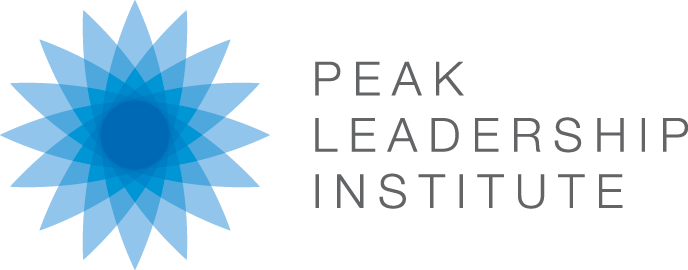Growing leadership capacity unlocks major gains in organizational effectiveness. With so many different approaches to leadership development out there, we thought we would put together a set of what we have found to be the key elements of an effective leadership development process. We’ve found that an integrated model for change and transformation has the greatest impact.
- Insight — An important start to a successful growth process is identifying high impact development areas. If we’re going to invest time in our growth, we should make sure it’s well spent in an area that would yield widespread benefits if we make progress. This process increases self-awareness through surfacing blind spots and unrecognized strengths. Methods for gaining insight include self assessments, 360 ratings, informal feedback, interviews with colleagues, observations from a coach, and personal reflection.
- Direction — Among possible leadership improvement themes, crafting a development plan with one or two goals along with associated action steps helps provide concrete direction to our growth efforts. We recommend setting no more than two goals, with many of our clients focusing on one. Making meaningful progress in one area often requires profound personal change that leads to growth in a variety of areas and an overall increase in leadership effectiveness. Going beyond the fix-your-weaknesses model for growth, we’ll work with some clients to set one goal about leveraging an underutilized strength and a second goal around lifting up a weakness. For action steps, the conventional wisdom applies—set around five, make them specific and measurable and they will be more likely to get done.
- Systems Approach — Behavior change is hard. To increase the rate of progress, we’ve found it effective to engage a broader system to support a leader’s development. For this, we facilitate a stakeholder process where the leader engages asks their colleagues to forgive past shortcomings, share feedback, and give suggestions for how to improve. Involving others in the growth process is itself a leadership act of humility, openness, and vulnerability, and also allows for those around us to change their perceptions of us as we change, preventing a situation where a leader changes but their reputation holds them back.
- Coaching & Support — Once the change process is underway, coaching provides important space to address challenges that arise, while also building capacity to overcome future challenges. In addition, we’ve found that clients benefit from nudges to keep up a disciplined growth process and check-ins to review progress. There’s strong research showing tight correlations between goal follow-up and leadership improvement.
- Team Development — People don’t operate in isolation. In addition to working with the individuals on a team, part of building a high performing senior team and culture of leadership happens through collaborative learning and the establishment of a shared set of leadership principles and language. Gains in team effectiveness can have far-reaching benefits across an organization.
- Tools for Balance — Lastly, since change is a deeply personal process, we have found it effective to build leaders’ centeredness and personal grounding. This has taken several forms for us, including introducing a meditation practice and working with leaders to establish healthy routines around sleep, diet, and exercise. Connected to Covey’s habit of sharpening the axe, enhancing our state of mind and body accelerates the pace at which we can integrate and sustain new ways of engaging with those around us.
We’d recommend using this set of leadership development components to do an audit and see which pieces you have in place and where could you improve. Each piece contributes to the success of a leadership development program, and when done together offer a high fidelity process to increase capacity, strengthen teamwork, and expand organizational success.

